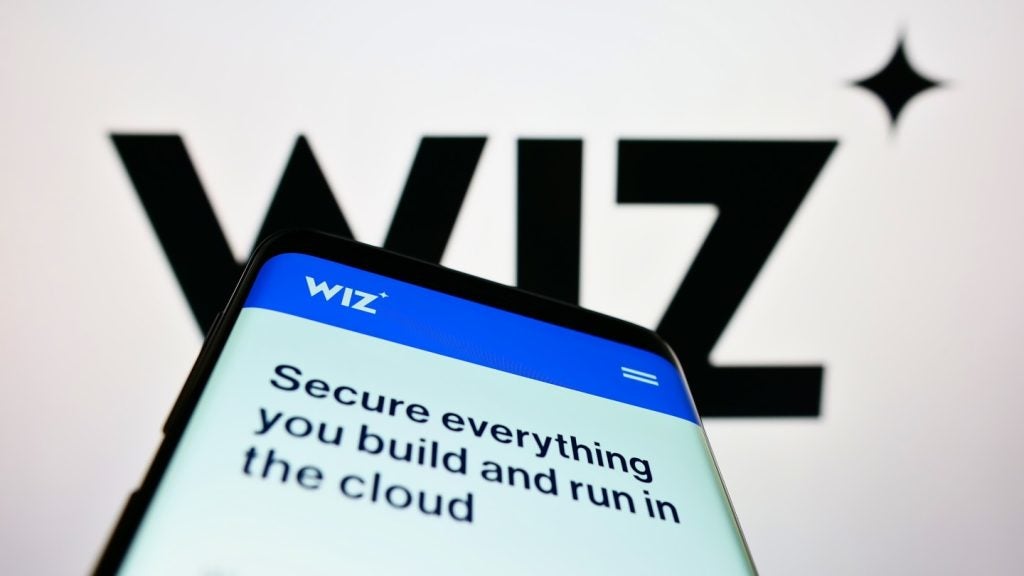GlobalData research has found the top companies trending based on their performance and engagement online.
Using research from GlobalData’s Influencer platform, Verdict has named five of the top companies trending in telecommunication in Q1 2021.
Biggest companies trending in telecommunications: The top five
1. Verizon Communications – 730 mentions
Verizon Communications is a provider of communication, information, and entertainment products and services to consumers, businesses, and governmental agencies. It acts as a holding company and operates via three divisions including Verizon Consumer Group, Verizon Business Group and Verizon Media Group.
Headquartered in New York, US, Verizon provides a wide range of services including video, and voice services, and wired and wireless communication. The company’s 5G expansion plans was a popular topic of discussion on Twitter during the quarter.
Evan Kirstel, a chief digital evangelist of eViRA Health, a marketing and advertising company, shared a tweet on Verizon’s expansion of its 5G Home broadband rollout to six new cities in the US. The cities include parts of Arlington in Texas, Miami, San Francisco and Anaheim in California, and St. Louis. The 5G Home service operates on Verizon’s high-frequency millimeter-wave 5G network and offers download speeds of 300Mbps.
Verizon expands its #5G Home rollout to parts of six new cities https://t.co/5t7BN7syOa #broadband #CES2021
How well do you really know your competitors?
Access the most comprehensive Company Profiles on the market, powered by GlobalData. Save hours of research. Gain competitive edge.
 Company Profile – free sample
Company Profile – free sampleThank you!
Your download email will arrive shortly
Not ready to buy yet? Download a free sample
We are confident about the unique quality of our Company Profiles. However, we want you to make the most beneficial decision for your business, so we offer a free sample that you can download by submitting the below form
By GlobalData— 🟣 Evan Kirstel $B2B (@EvanKirstel) January 8, 2021
2. Samsung Electronics – 512 mentions
Samsung Electronics is a global information technology and electronics company with over 200 subsidiaries around the world. The company is a manufacturer and provider of consumer electronics, and information technology and mobile communications solutions including televisions, washing machines, medical devices, printers, mobile phones and smartphones, tablets, and related accessories.
Samsung Electronics is headquartered in Suwon-si, South Korea. Prominent discussions on the company on Twitter included new product launches including Bluetooth low energy dongle called SmartTag and new System-on-a-Chip (SoC).
Ed Gubbins, a principal analyst, telecom technology and software at GlobalData, shared a tweet on collaboration of Samsung and Marvell, a semiconductor manufacturer, for developing a new System-on-a-Chip (SoC) to improve 5G network performance. The SoC will be used in Samsung’s Massive multiple-input, multiple-output (MIMO), an extension of MIMO technology, which enables higher number of antennas to be added on a base station. It is designed to help increase capacity and coverage of cellular radios, while decreasing power consumption and size. The new SoC is set to be available to Tier One operators in Q2 2021.
"The solution will be deployed in @Samsung’s Massive MIMO radios and is targeted for introduction with tier 1 operators in Q2 2021. The new SoC will support 4G/5G networks and save up to 70% in chipset power consumption over previous solutions." https://t.co/O7JoMf7M4n
— Ed Gubbins (@EGubbinsAnalyst) March 25, 2021
3. T-Mobile – 423 mentions
T-Mobile is a telecom company offering wireless services to post-paid, prepaid and wholesale customers. It is owned by Deutsche Telekom, a German telecom company. The company provides its services through its brands namely T-Mobile, Metro by T-Mobile and Sprint. The businesses are operated through retail outlets owned by the company, its website, mobile app, and customer care channels. It also sells devices to third-party distributors and dealers via third-party outlets and other channels.
T-Mobile is headquartered in Washington, US. Standalone 5G, network expansion, wireless broadband offering for employers were some of the discussions that T-Mobile was a part of on Twitter during the quarter.
Declan Ganley, chairman and CEO of Rivada Networks, a communications technology company, shared an article on T-Mobile’s plan to test standalone 5G by installing an antenna in Garching near Munich. The antenna will connect to 5G core network through cloud infrastructure and allow the company to widen its reach. The company currently serves 68% of the German population with the help of its non-standalone infrastructure. The standalone infrastructure test will enable the company to gain the experience necessary to operate with 5G core network.
When Huawei's best champion in the world, T-Mobile/Deutsche Telekom doesn't tell you which vendor their latest #5G innovation in Europe is with… https://t.co/jMiHSSWgap
— Declan Ganley 🇭🇰 (@declanganley) February 19, 2021
4. Huawei Investment & Holding – 399 mentions
Huawei is an information and communications technology company that offers a wide range of enterprise and carrier products. The company designs and manufactures mobile phones, laptops, tablets, wearables, accessories, routers and smart home products. It also develops telecommunication software, and optoelectronic products for applications in IT and semiconductors.
Huawei is headquartered in Shenzhen, China. New product launches, 5G transfer technology development, acquisition of patent rights from BlackBerry were some of the significant discussions that took place around Huawei on Twitter in the first quarter.
Kim Muro, a tech influencer and leader, shared an article on Huawei’s new folding phone Mate X2 that launched in February 2021. The Mate X2 is an improved version of the original Mate X. The new phone features the same Kirin 9000 processor installed in the Mate 40 Pro although it does not include Google apps and services limiting its feasibility outside China.
Huawei’s next folding phone is coming on February 22nd: #AI #IoT #BigData cc: @MIKEQUINDAZZI https://t.co/02GwEOwnpx pic.twitter.com/eMBZFdavLD
— Kim Muro (@WorldTrendsInfo) March 23, 2021
5. Ericsson AB – 362 mentions
Ericsson AB is a networking, information, and telecommunication company. The company provides mobile broadband and digital services through its 5G and Internet of Things (IoT) platforms apart from products such as routers, switches, software, and network equipment.
Ericsson is headquartered in Stockholm, Sweden with research and development sites at eight locations across the country. The company’s progress and initiatives in artificial intelligence (AI) and machine learning (ML), launch of 5G in new areas, IoT, network improvement programmes were some of the discussions that took place in Twitter on Ericsson in Q1.
Nige Willson, an influencer and advisor on AI, MI, AI ethics, and innovation, shared an article by Ericsson on the possibilities that lie ahead in the future with respect to innovation and technical advancement. The article compared the technological advancements in the areas of communication, industry automation, robots, and transport as depicted in an animated series called Jetsons with the current scenario.
Willson noted in the article that we may reach a future where we can move past the technologies depicted in the Jetsons with a concept of Internet of Senses, where we can experience the internet through our senses. For example, we could touch a garment through a virtual trip to a retail store or travel to another country virtually.
TY @ericsson for including me in their latest article — How close are we to becoming the Jetsons? https://t.co/UEBNjJmyXw
#ai #artificialintelligence #machinelearning #deeplearning #5g pic.twitter.com/jAR89MvN0l
— Nige Willson (@nigewillson) March 27, 2021





Related Company Profiles
Deutsche Telekom AG
BlackBerry Ltd
Verizon Communications Inc
Samsung Electronics Co Ltd